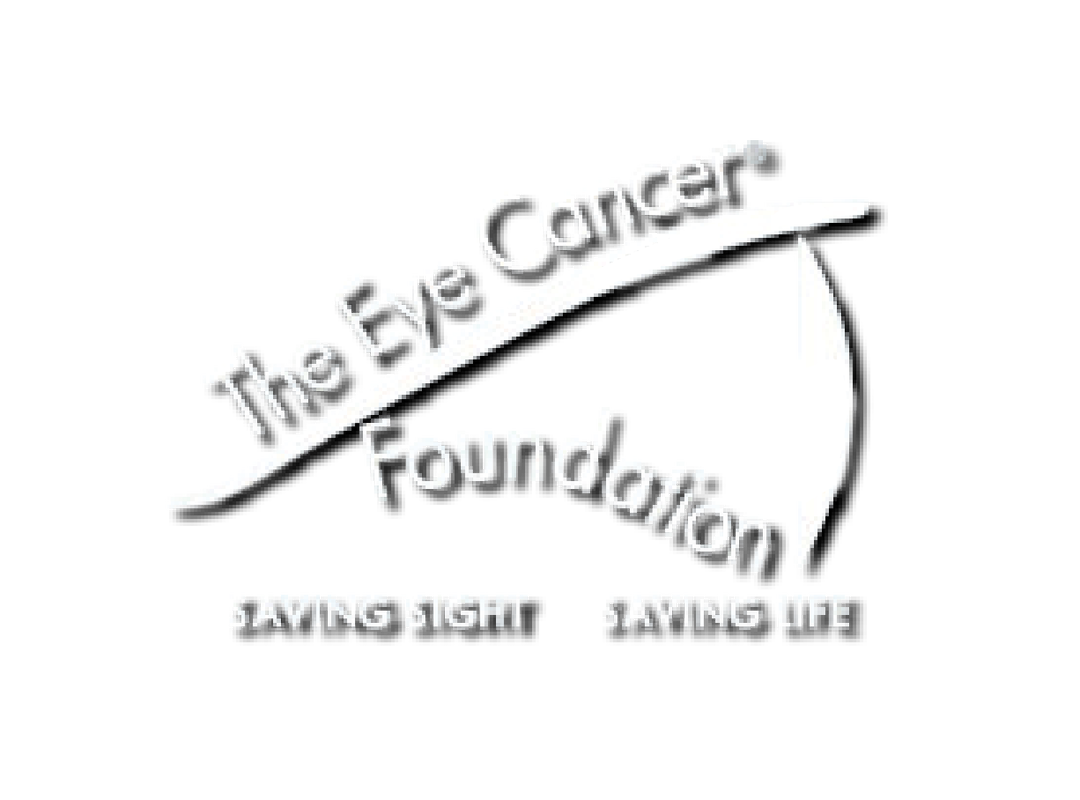Risk for Metastatic Death from Retinoblastoma was Related to Presenting Clinical Features in a Multi-center Registry-based Study
High-Risk Pathology Based on Presenting Features in Advanced Intraocular Retinoblastoma: A Multicenter, International Data-Sharing AJCC Study.
Retinoblastoma, the most common primary eye cancer in children, is much more common in Asia and Africa. Though curable at early stages, most children in those continents present with an advanced form of the disease. The Eye Cancer Foundation helped support a multi-center, international study to help eye cancer specialists decide if a cancerous eye should be salvaged or removed to save the child’s life. Specifically, this research showed that aggressive attempts to save high-risk eyes can decrease the child’s chances for survival; particularly in countries where treatment for metastatic disease is lacking.
Click here to read the full article:
https://pubmed.ncbi.nlm.nih.gov/35500608/
https://www.aaojournal.org/article/S0161-6420(22)00284-6/fulltext
Read other related articles related here:
A Multi-Center International Collaborative Study for American Joint Committee on Cancer Staging of Retinoblastoma: Part I- Metastasis-Associated Morality
https://www.aaojournal.org/article/S0161-6420(20)30516-9/fulltext
A Multi-Center International Collaborative Study for American Joint Committee on Cancer Staging of Retinoblastoma: Part II- Treatment Success and Globe Salvage
https://www.aaojournal.org/article/S0161-6420(20)30524-8/fulltext
Global Retinoblastoma Treatment Outcomes: Association with National Income Level
https://www.aaojournal.org/article/S0161-6420(20)30957-X/fulltext
High Risk Pathologic Features Based on Presenting Findings in Advanced Intraocular Retinoblastoma
https://www.aaojournal.org/article/S0161-6420(20)30957-X/fulltext
Metastatic Death Based on Presenting Features and Treatment for Advanced Intraocular Retinoblastoma
https://www.aaojournal.org/article/S0161-6420(22)00310-4/fulltext
Retinoblastoma, the most common primary eye cancer in children, is much more common in Asia and Africa. Though curable at early stages, most children in those continents present with an advanced form of the disease. The Eye Cancer Foundation helped support a multi-center, international study to help eye cancer specialists decide if a cancerous eye should be salvaged or removed to save the child’s life. Specifically, this research showed that aggressive attempts to save high-risk eyes can decrease the child’s chances for survival; particularly in countries where treatment for metastatic disease is lacking.
Click here to read the full article:
https://pubmed.ncbi.nlm.nih.gov/35500608/
https://www.aaojournal.org/article/S0161-6420(22)00284-6/fulltext
Read other related articles related here:
A Multi-Center International Collaborative Study for American Joint Committee on Cancer Staging of Retinoblastoma: Part I- Metastasis-Associated Morality
https://www.aaojournal.org/article/S0161-6420(20)30516-9/fulltext
A Multi-Center International Collaborative Study for American Joint Committee on Cancer Staging of Retinoblastoma: Part II- Treatment Success and Globe Salvage
https://www.aaojournal.org/article/S0161-6420(20)30524-8/fulltext
Global Retinoblastoma Treatment Outcomes: Association with National Income Level
https://www.aaojournal.org/article/S0161-6420(20)30957-X/fulltext
High Risk Pathologic Features Based on Presenting Findings in Advanced Intraocular Retinoblastoma
https://www.aaojournal.org/article/S0161-6420(20)30957-X/fulltext
Metastatic Death Based on Presenting Features and Treatment for Advanced Intraocular Retinoblastoma
https://www.aaojournal.org/article/S0161-6420(22)00310-4/fulltext



